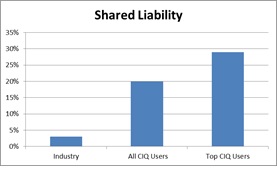There is no dispute that average BI severities continue to rise at a rate far faster than inflation. There are a number of reasons why, but the bigger question is what can be done to curb this phenomenon?
The best solution is a multi-pronged approach that addresses liability, investigation, damages and negotiations.
In the simplest terms, for a claim to be presented, two things must be proven: liability and damages. The first challenge for carriers is how to better improve liability investigations. As an industry, comparative negligence is taken on a mere 3% of claims. When compared to juries, who consider comparative negligence in more than half of all cases adjudicated, this becomes a glaring opportunity. 
Recommended For You
Want to continue reading?
Become a Free PropertyCasualty360 Digital Reader
Your access to unlimited PropertyCasualty360 content isn’t changing.
Once you are an ALM digital member, you’ll receive:
- Breaking insurance news and analysis, on-site and via our newsletters and custom alerts
- Weekly Insurance Speak podcast featuring exclusive interviews with industry leaders
- Educational webcasts, white papers, and ebooks from industry thought leaders
- Critical converage of the employee benefits and financial advisory markets on our other ALM sites, BenefitsPRO and ThinkAdvisor
Already have an account? Sign In Now
© Touchpoint Markets, All Rights Reserved. Request academic re-use from www.copyright.com. All other uses, submit a request to [email protected]. For more inforrmation visit Asset & Logo Licensing.







